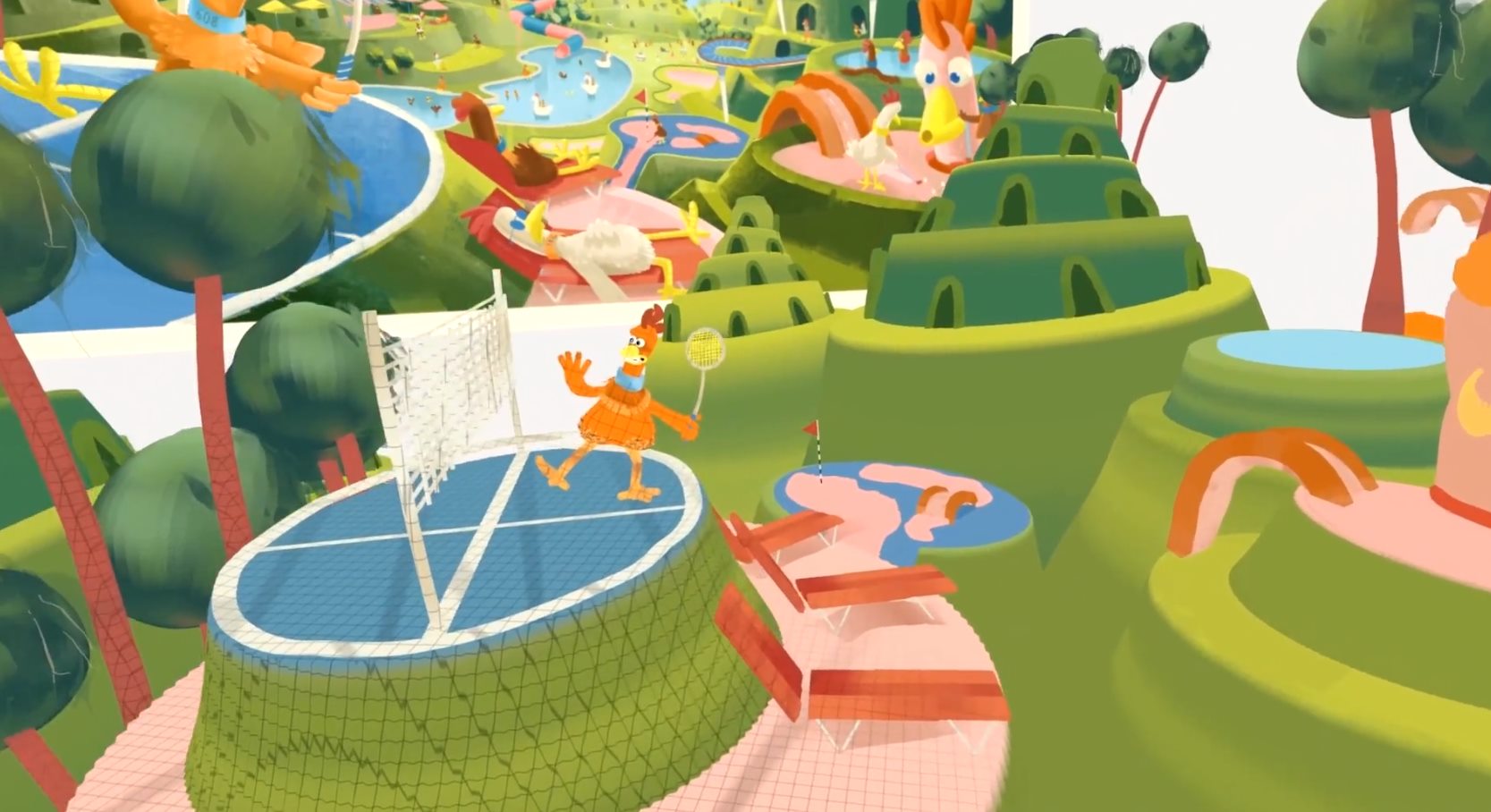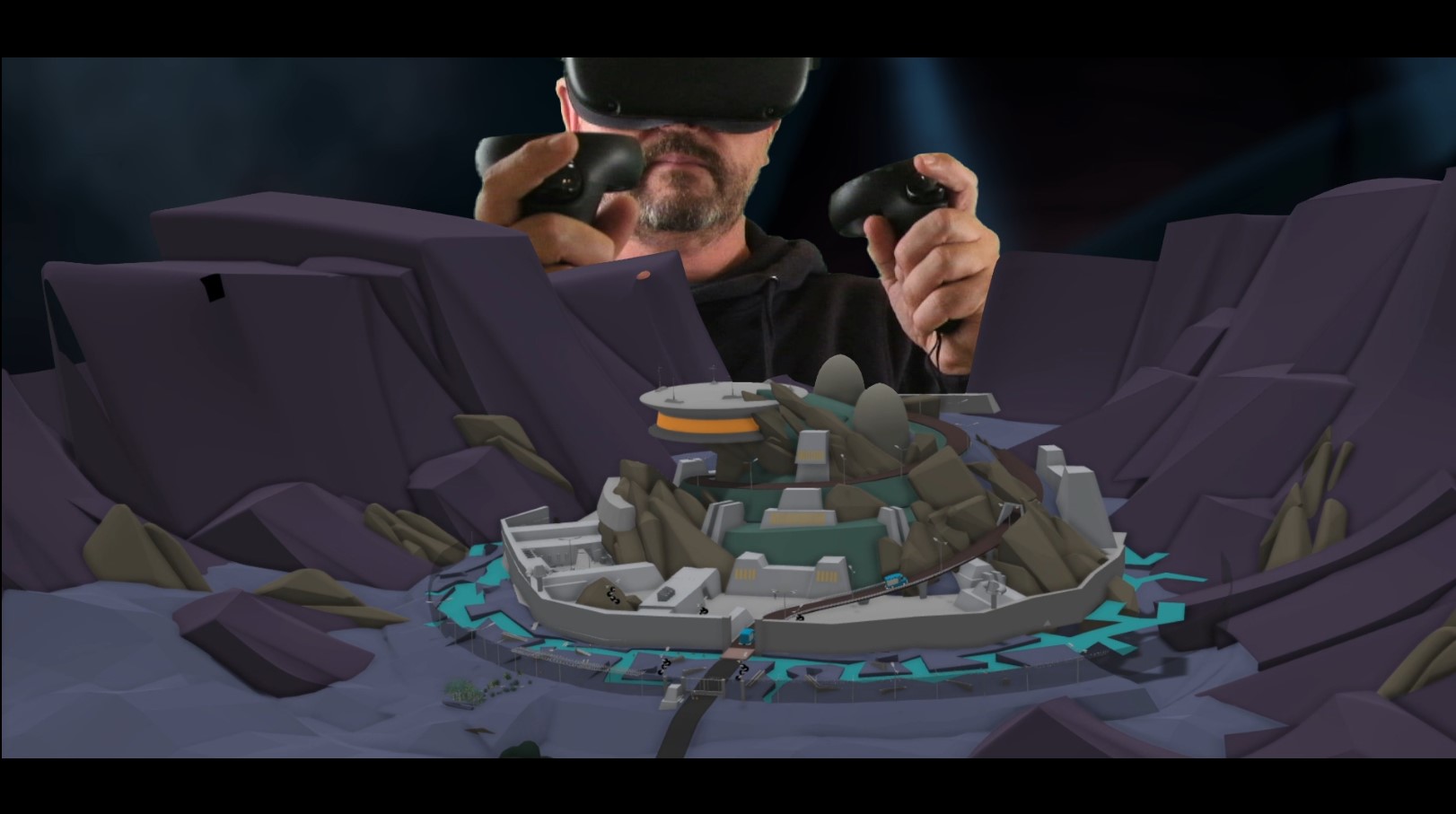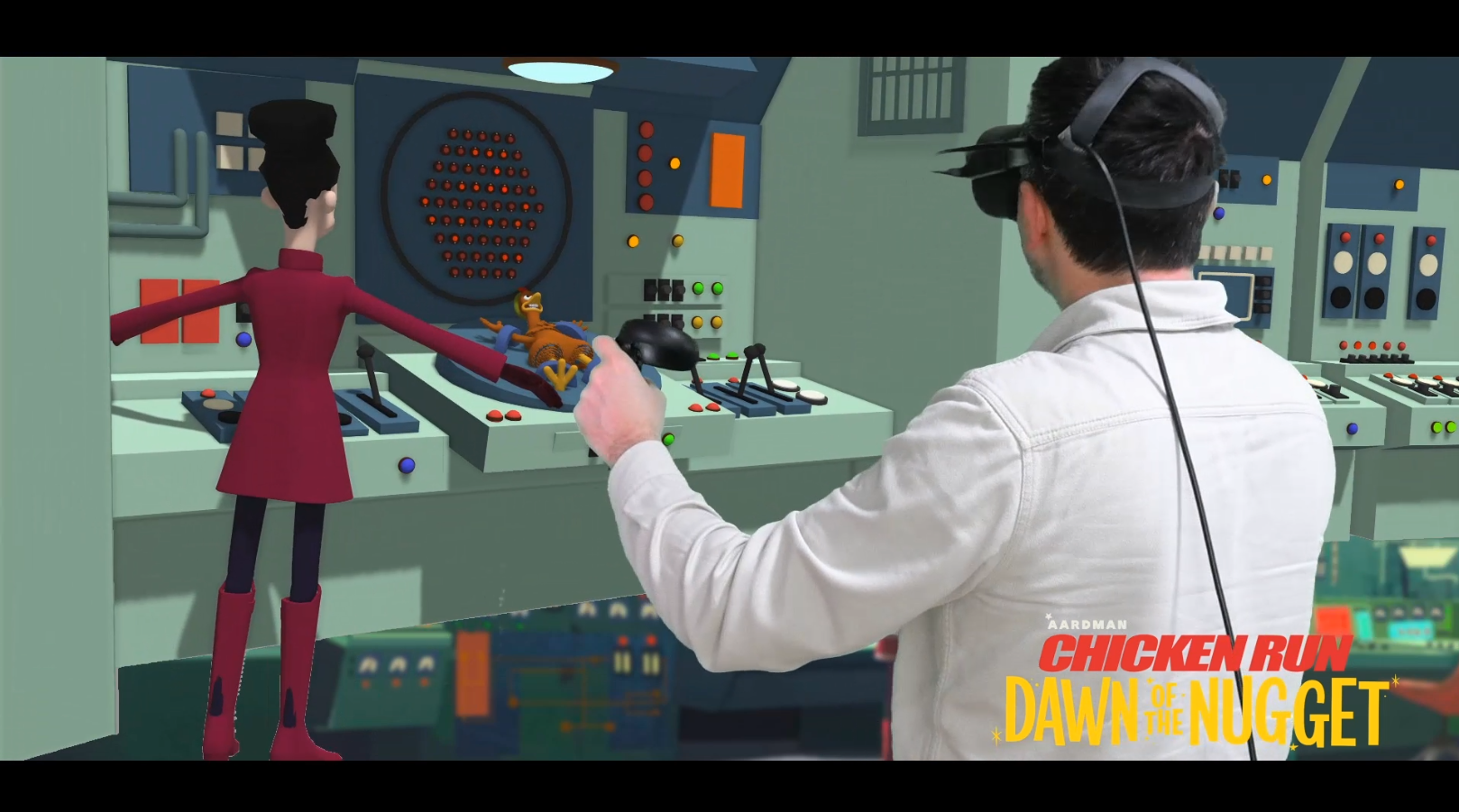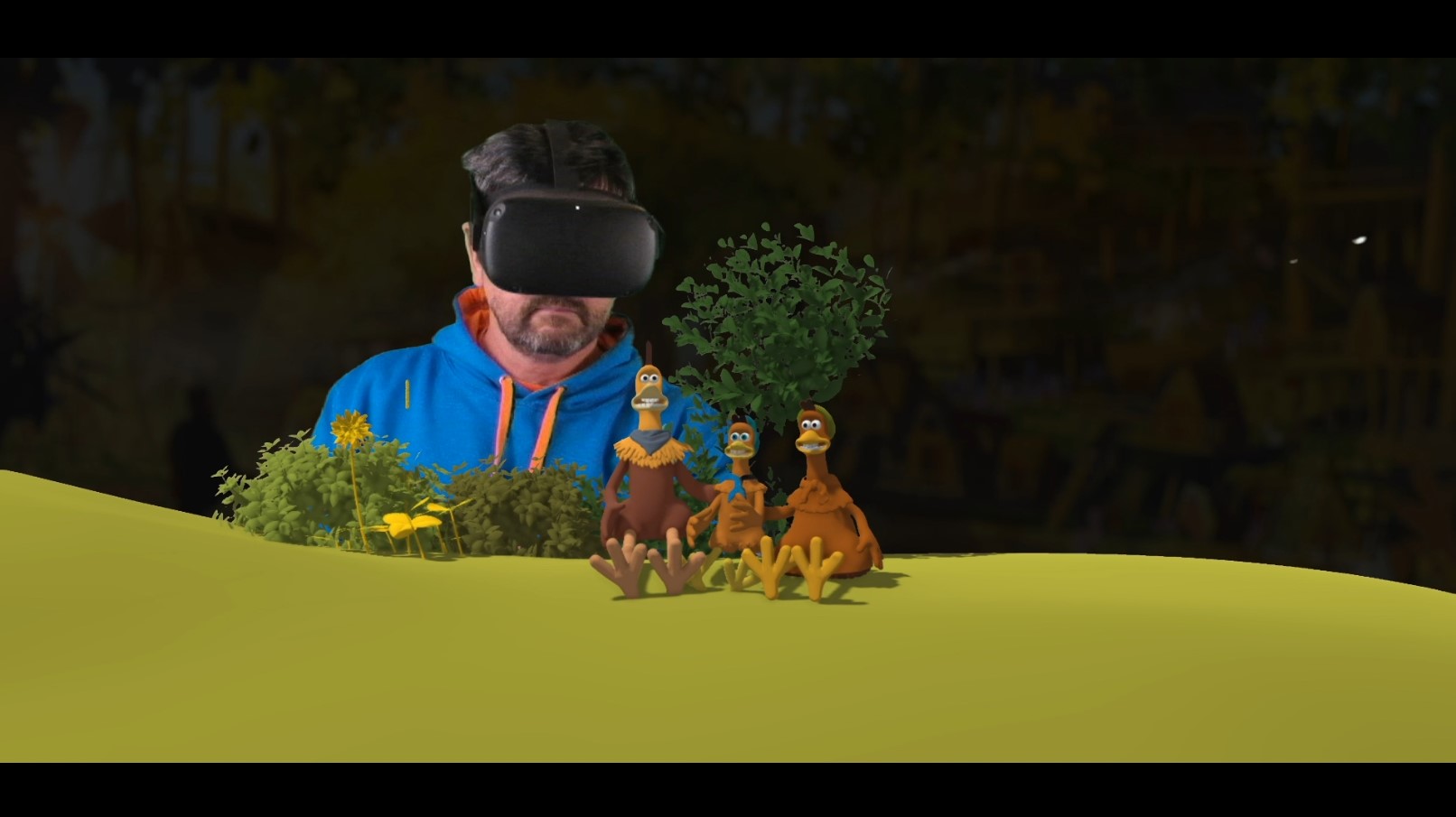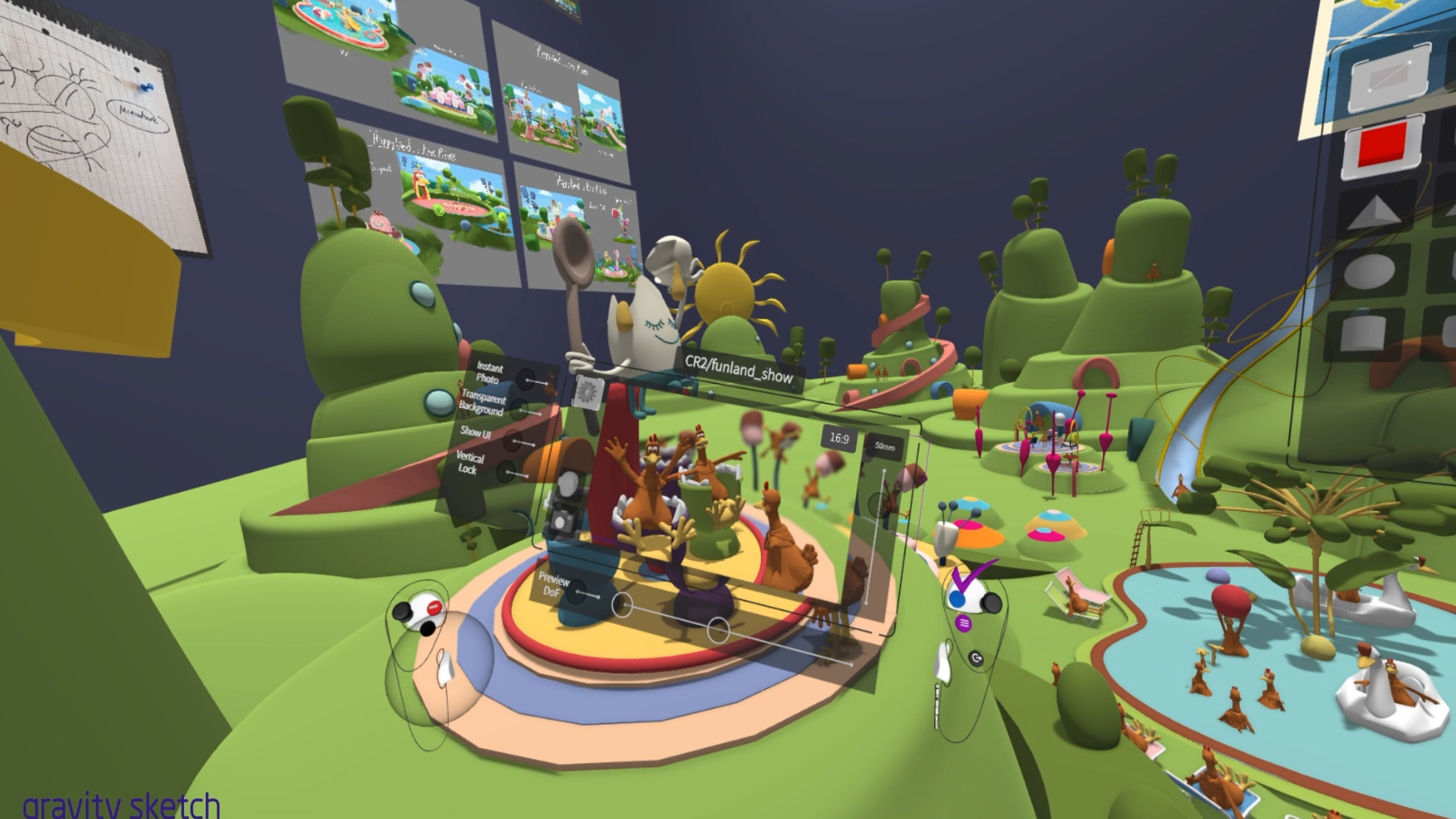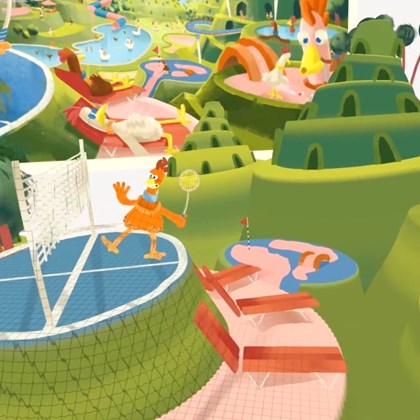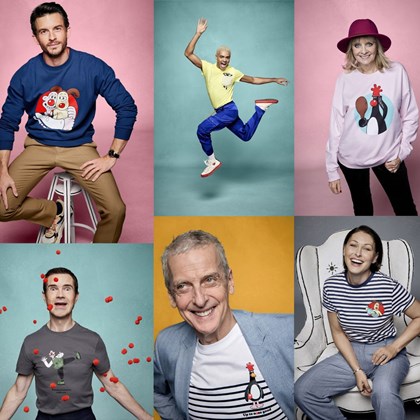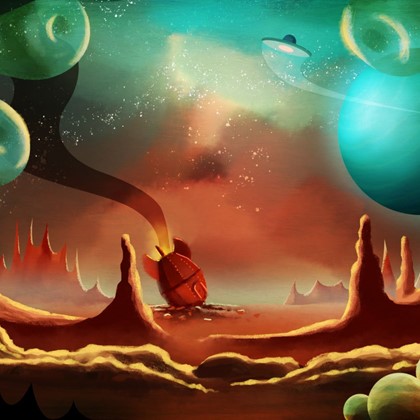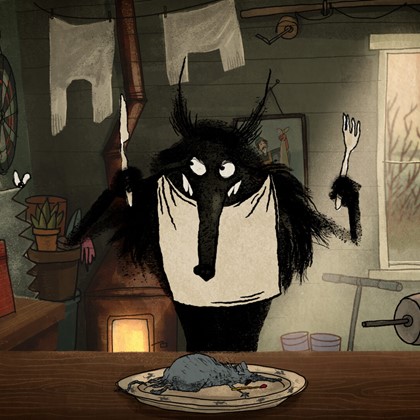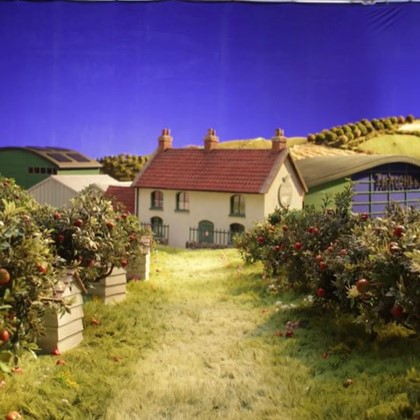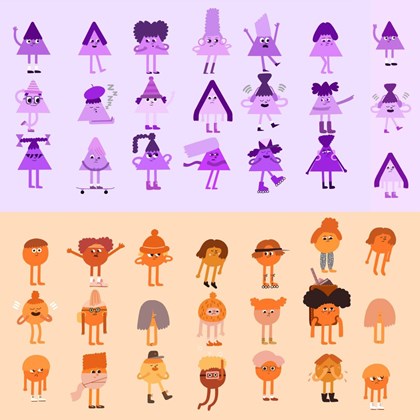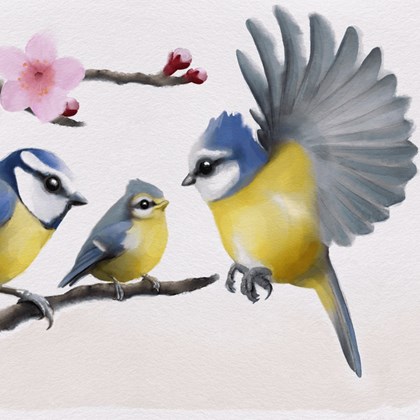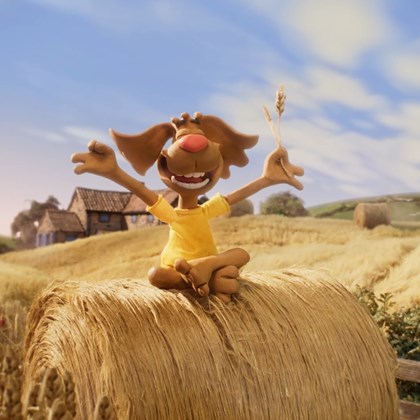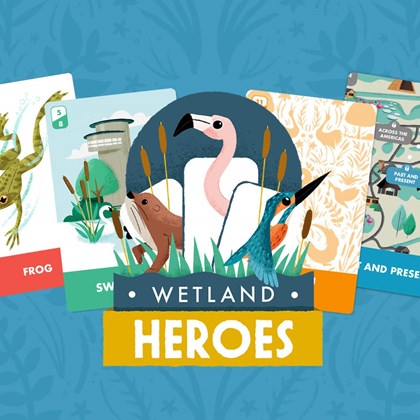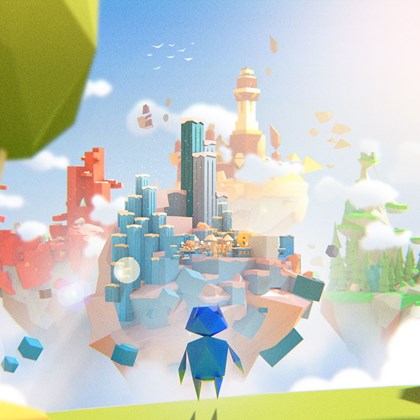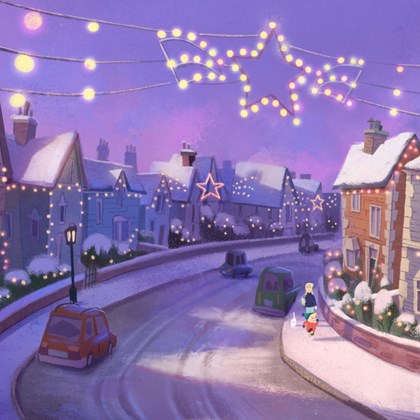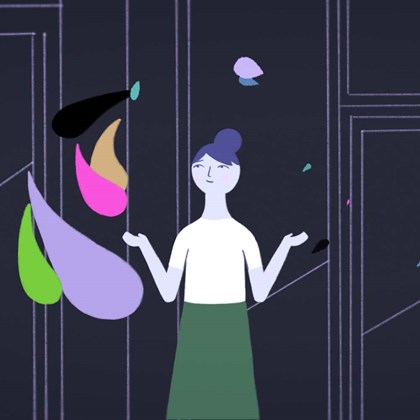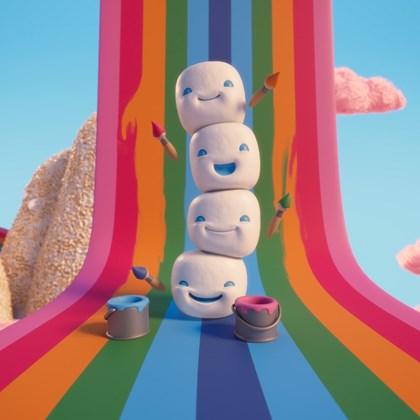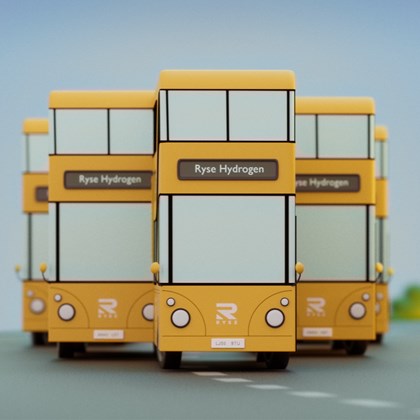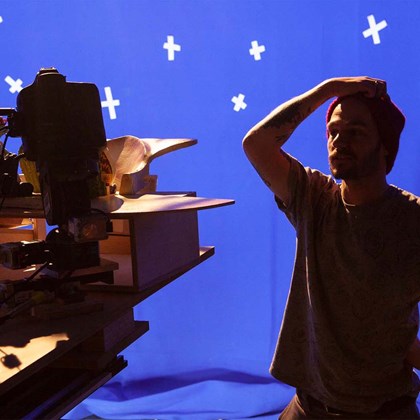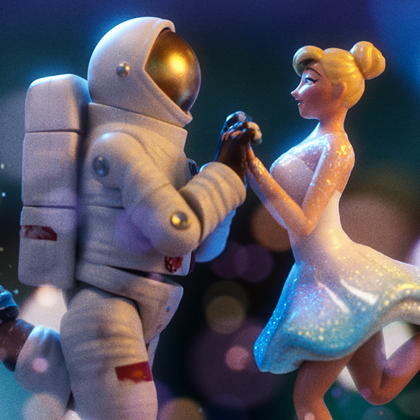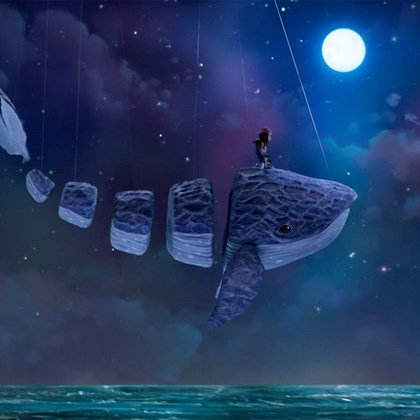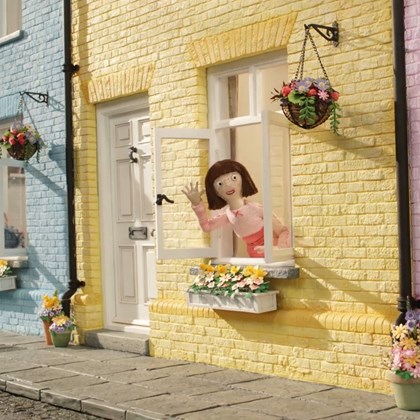Aardman is lauded for its stop motion mastery and rightfully so, after almost 50 years of creating cherished characters and stories in the medium.
But I’ve worked with the studio long enough to see it embrace incredible technologies along the way, ever since coming on board for the first Chicken Run movie. Technology has allowed the studio to create, embellish and elevate stories that are rich in scale and detail. I, personally, have created and worked on a wide spectrum of projects at Aardman, from feature films, commercials, series, immersive films, and game cinematics. A variety of experiences requiring a vast array of tech tools. Some very traditional, some cutting edge. But all part of an arsenal designed for bigger, more exciting storytelling that keeps an audience immersed and not distracted by the ‘how did they do that?!’
Chicken Run: Dawn of the Nugget was one such story that required the studio to unleash everything we knew at it. Engaging our army of multi-disciplined artists to seamlessly integrate the ‘real’ stop motion with the ‘digital’ enhancements.
This process included a healthy dose of the ‘virtual’ too.
‘That’s for games, isn’t it?’
When I was first asked by Sam Fell, director of Chicken Run: Dawn of the Nugget, to be Production Designer, his first challenge for me was to create an image that embodied ‘a Butlins for chickens!’
Excited to jump in, I designed a 1960’s-style holiday camp postcard to give Sam a general flavour. He loved it, and I explained that having seen it conceptually, I would have loved to flesh it out as a three-dimensional world in virtual reality. ‘That’s for games, isn’t it?’ he asked.
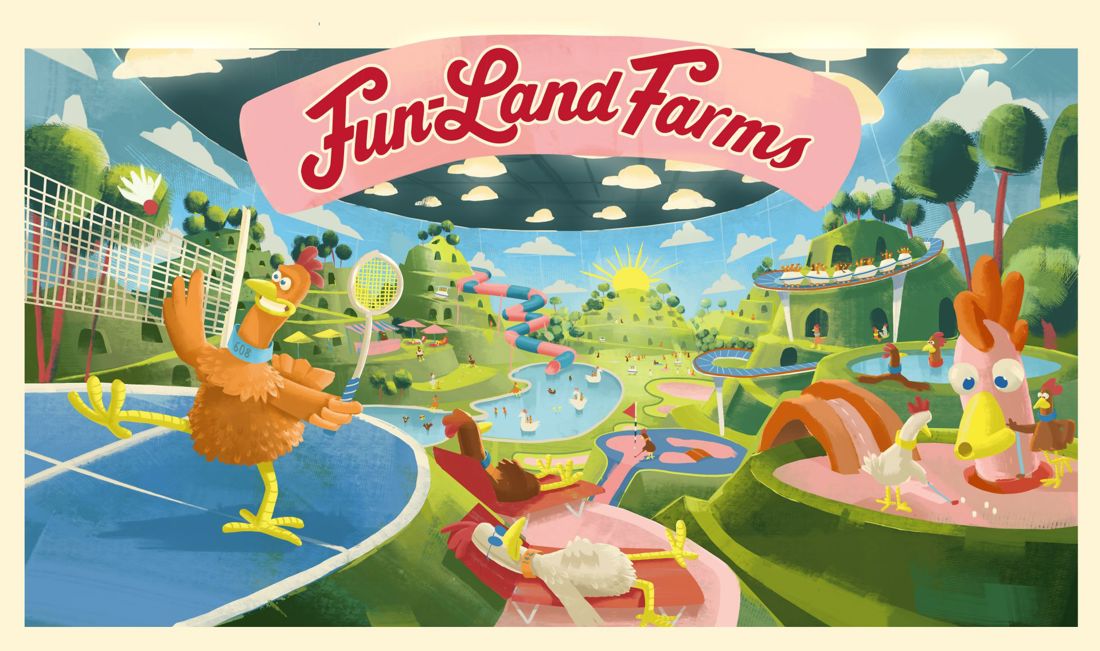
I told Sam that I’d been dabbling in the VR for a few years, praising its virtues as a creative medium. My first experience being in an immersive story project for the BBC, based around the migrant crisis. Designing and co-directing the experience was incredible. I saw huge potential in expanding the world of immersive storytelling but also, the potential to create worlds in a new, exciting medium that felt, to me, intuitive and ‘tactile.’
Sculpting and painting in a 3D space is very much like being in a virtual studio and this is what I pitched to Sam. That we could design the world for his stop motion movie in VR, where he could literally frame every shot on virtual sets if he wanted.
So, with a bit of free time, I recreated the postcard illustration in 3D, whacked a VR headset on Sam’s head and watched for his reaction. To this day, I’ll always remember the look on his face when he took it off. He had a beaming smile – he understood it wasn’t just for games but there was a virtual studio at his disposal that could help craft his film.
Fun-Land VR test
Weirdly and fortuitously, we made this design decision just as the COVID pandemic hit and drastically changed all our lives. We were restricted from working together physically, so this virtual version of our studio world became indispensable in getting the stop motion location designs under way.
Chicken Run: Dawn of the Nugget was a big script to translate to screen. This time, the chickens were predominantly in a human world made of many locations. This became all about scale. And, like the first film, we had to use multiple character scales, not only for character interactions but to also constrain the stop motion set sizes, otherwise we’d run out of studio space pretty quickly. The first film had two character scales, this one had three… occasionally four!
This required some insane planning and head scratching but designing a loose blueprint of the film in VR became an early integral point for key departments to mull over the various challenges ahead.
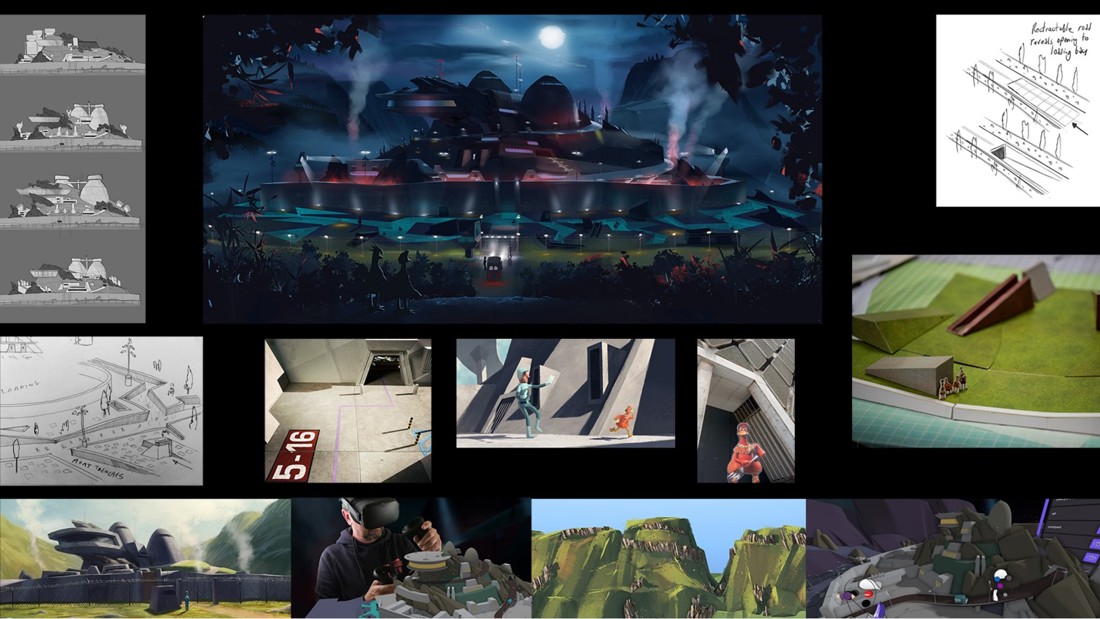
Compound concept design
Compound VR design
In a nutshell, my VR design process evolved into a tool that I used intensely on the film along with my traditional and digital processes. Sketching out the worlds of this film in 3D, and true to scale of the sets yet to be physically realised, meant we could achieve iterations and choices for Sam to play with, which was a luxury on a steam rolling schedule.
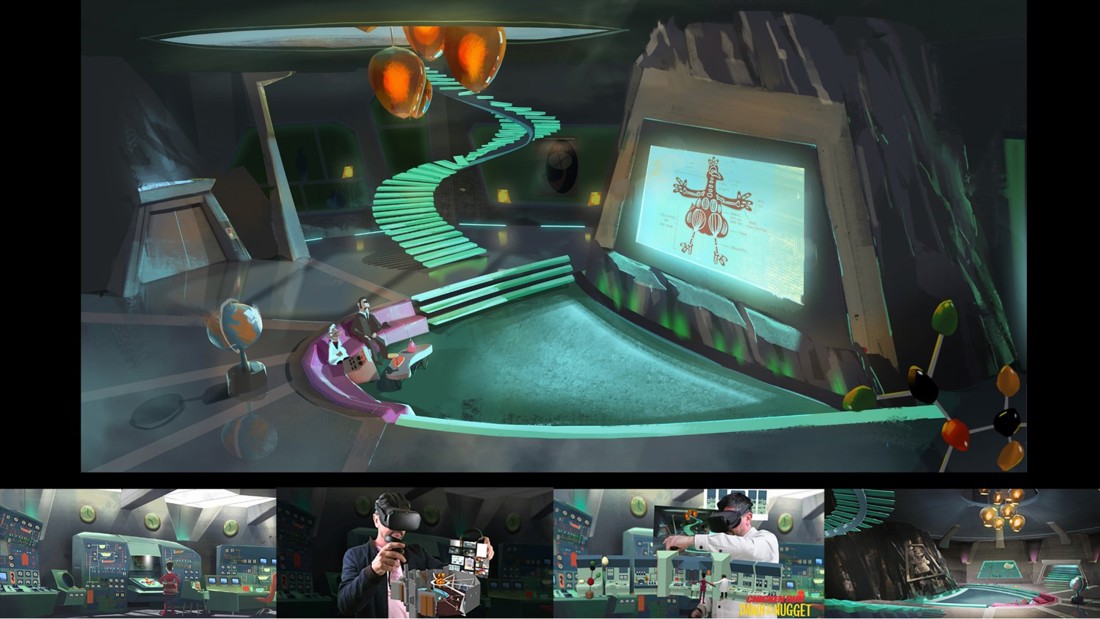
Control Room concept design
Control Room VR design
It also allowed other departments to use the initial ideas and take them further – Story would location scout around the VR sets to get the best shots they could for the sequences and animatics, Previz could use the VR sets as a starting point for their build and process, and our Art department could use them as sketch 3D blueprints to create the constructed, dressed versions for the studio.
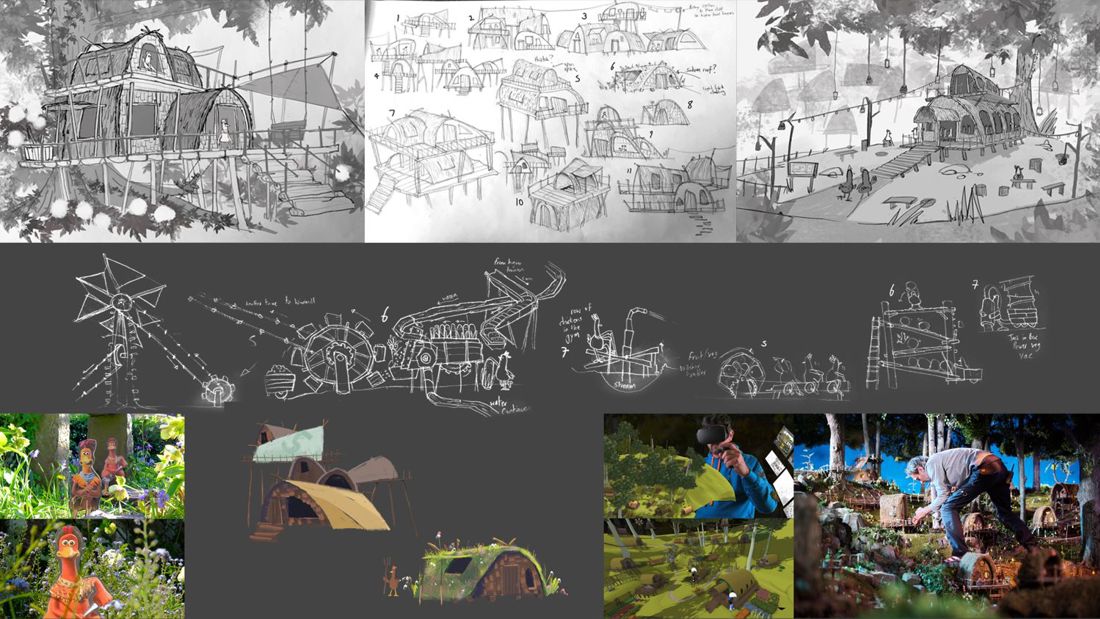
Chicken Island concept design
Chicken Island VR design
The shots chosen from the sets also fed into the colour script, which became a clear representation of what we wanted to achieve in colour, light, and atmosphere design for the whole film.
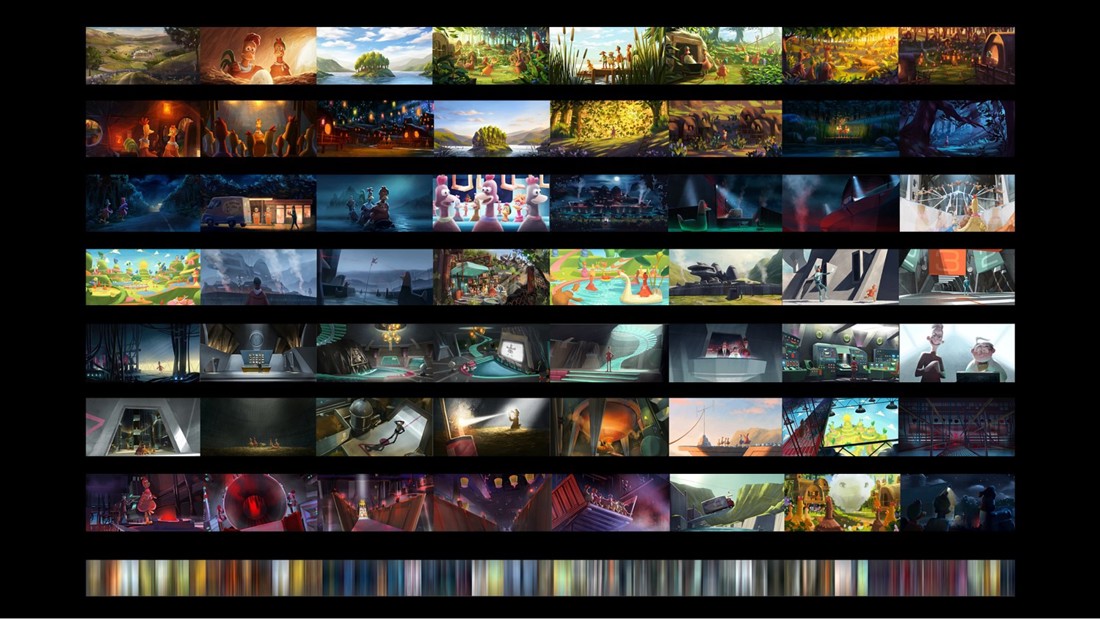
Colour script
This was a big win for Sam and I. In the virtual world, you can design in an infinite space – a six metre square virtual set ‘feels’ like a six metre square studio set. And it is this ‘feeling’ that gave Sam the confidence to know that what he was developing with me, two years in advance, would give him a very close representation of what would eventually exist on the studio floor.
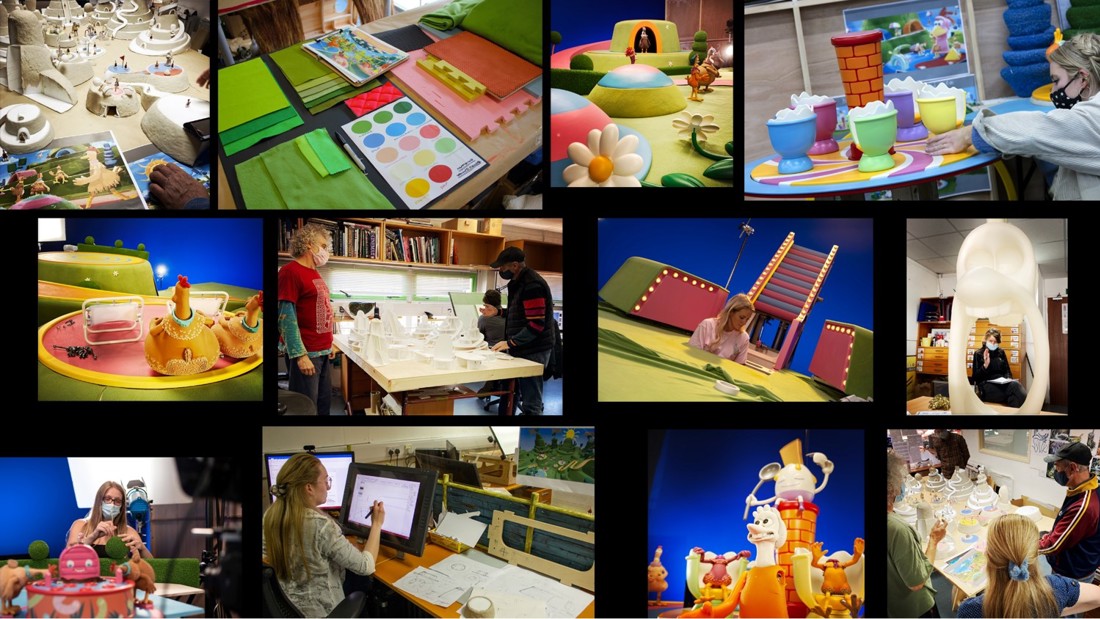
Look development of Fun-Land
And that is pretty magical, particularly when the director steps onto set and says, ‘this is JUST like the concepts.’
VR is a remarkable world to explore, especially when used creatively, and in this instance, growing seeds of ideas into the physical magic of stop motion.
Darren Dubicki
Director & Visual Development LeadDarren is a Director and Designer with 16 years experience in the animation and design industries. During this time he has worked across a broad spectrum of media; employing his mixed media, creative and filmmaking skills in film, broadcast, commercial and print projects.

